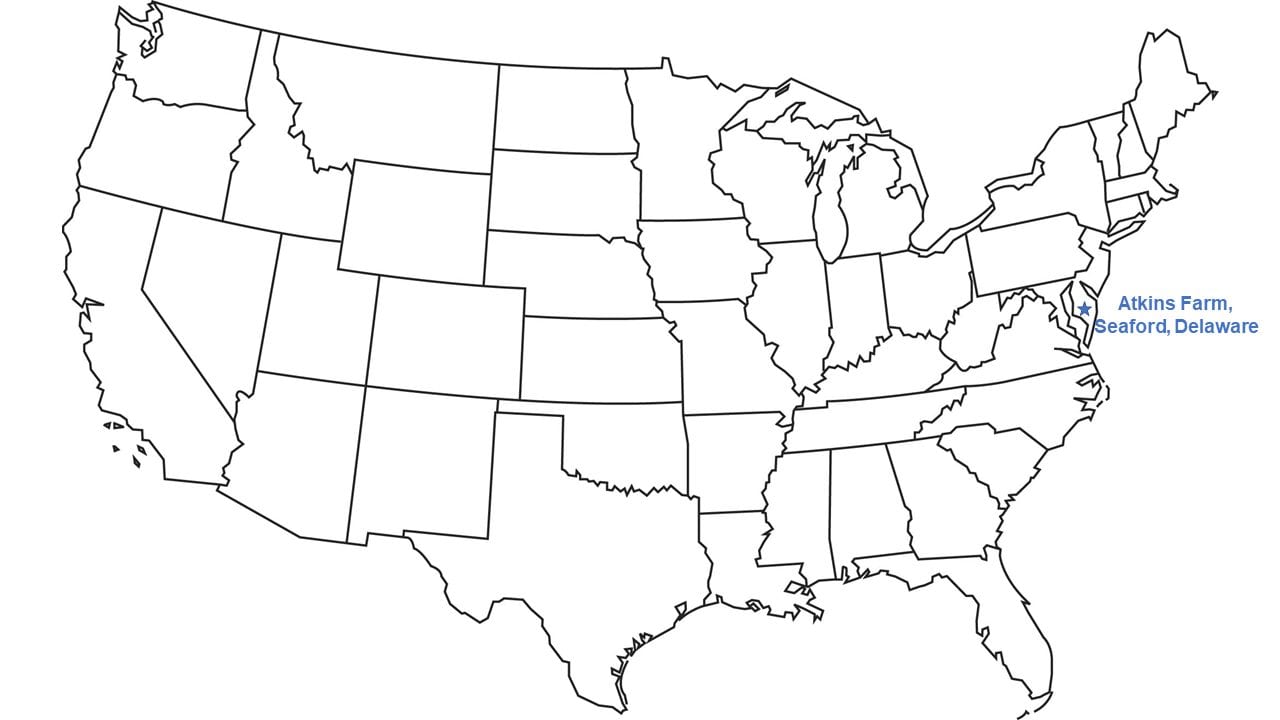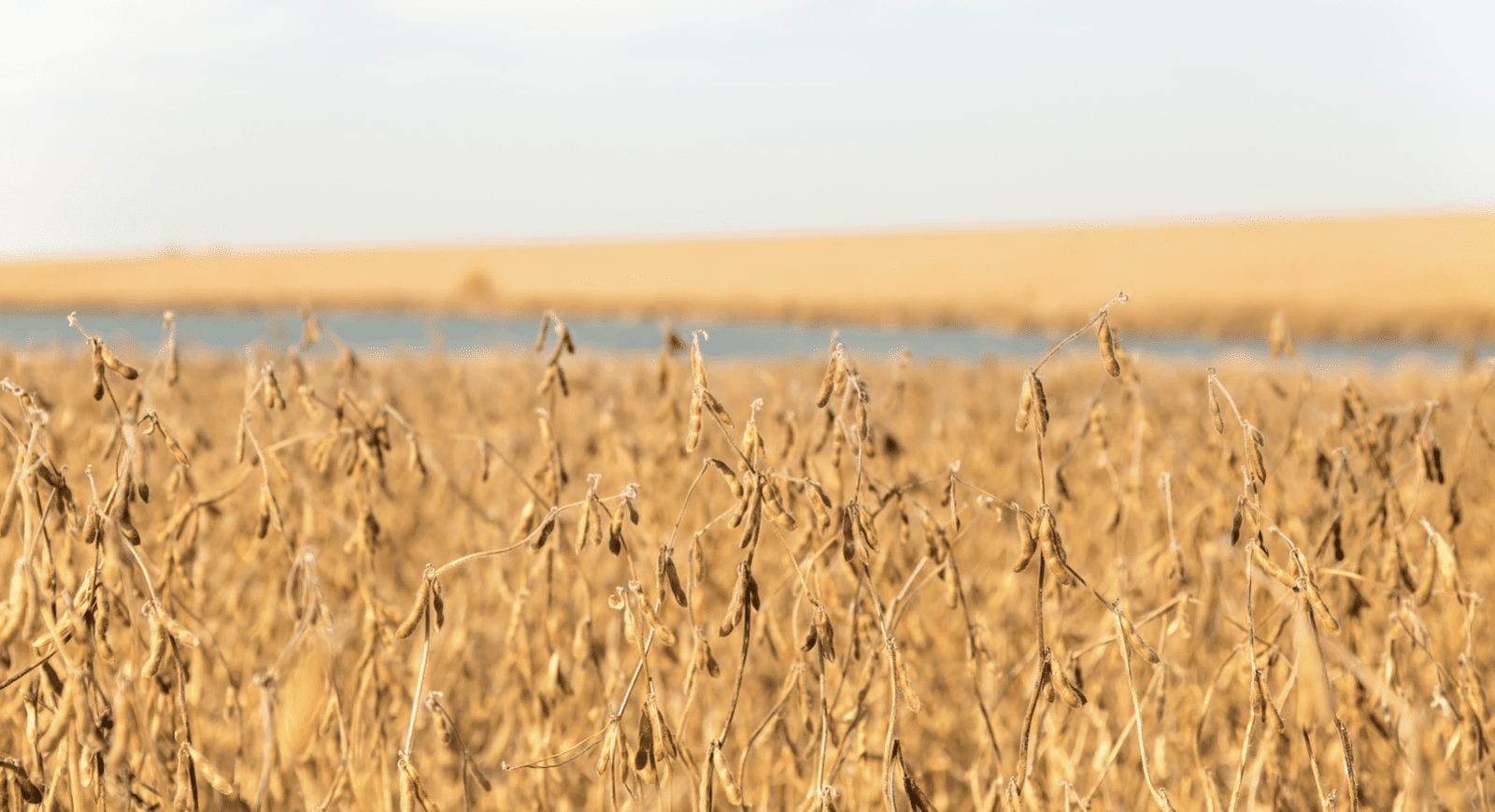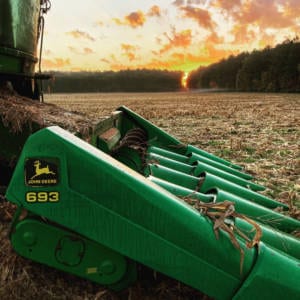 Harvest is still going slowly in my region. Several significant rains in October have kept many farmers out of our fields. Cloudy weather has kept crops damp, making it harder for our combines to harvest them.
Harvest is still going slowly in my region. Several significant rains in October have kept many farmers out of our fields. Cloudy weather has kept crops damp, making it harder for our combines to harvest them.
In mid-October, we got nearly 9 cm, or 3.5 inches of rain. Then, over the last week or so of October, we received more than an additional 10 cm, or 4 inches, of rain from two different systems.
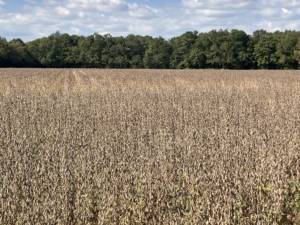 Because of that, I haven’t cut any soybeans yet. Though both my early soybeans and double-crop soybeans are mature and ready to harvest, the weather hasn’t allowed me to get into the fields. If the weather cooperates, I may be able to start harvesting them toward the end of the first week of November. Because they have been ready for a while, I will need to harvest them slowly to minimize shatter damage. I expect we will still be harvesting them at the end of November.
Because of that, I haven’t cut any soybeans yet. Though both my early soybeans and double-crop soybeans are mature and ready to harvest, the weather hasn’t allowed me to get into the fields. If the weather cooperates, I may be able to start harvesting them toward the end of the first week of November. Because they have been ready for a while, I will need to harvest them slowly to minimize shatter damage. I expect we will still be harvesting them at the end of November.
I was able to finish harvesting corn on Oct. 28. Corn harvest was slow because of the weather. Foggy, damp mornings often meant the corn plants were dripping with water, and I wasn’t able to start harvesting until they dried off in the early afternoon on many days. The wet weather means that I had to be in some of these fields when they were muddy, causing additional compaction.
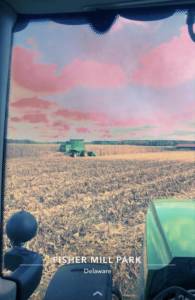
My irrigated corn yields were average to a bit below average, which was disappointing. However, my dryland corn was much better than expected. The cool, cloudy weather we had in August may have kept irrigated corn from fully developing and filling kernels on the ears.
That same weather has also slowed the development of my lima beans. While my early-planted lima beans were harvested in September, my late-planted lima beans aren’t yet ready to be harvested. However, if the crop freezes, it won’t get harvested at all. While that is rare, it is a real possibility this year, as temperatures are forecasted to reach freezing or below at the end of October.
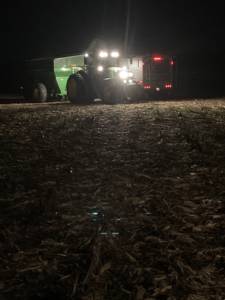 If the lima bean crop freezes and cannot be harvested, I will have to see what the crop insurance adjuster says to help recoup a bit of the crop’s value. I will plant cover crops and the lima beans will be left in the field as well to eventually add organic matter to the soil.
If the lima bean crop freezes and cannot be harvested, I will have to see what the crop insurance adjuster says to help recoup a bit of the crop’s value. I will plant cover crops and the lima beans will be left in the field as well to eventually add organic matter to the soil.
The poor weather also means I haven’t been able to plant any more cover crops. I’m concerned that a couple of the corn fields won’t dry out enough to be worked a bit to address compaction and then have cover crops planted. I’ve been able to plant cover crops as late as the last week of November and still have some cover the following spring, and that may be the case this year.
For my seed business, I have been calling on farmers to discuss seed purchases for next season. The combination of low yields and tough weather this fall has put a damper on all our moods. But though there is less enthusiasm for planning for 2021, we all plan to keep farming.
